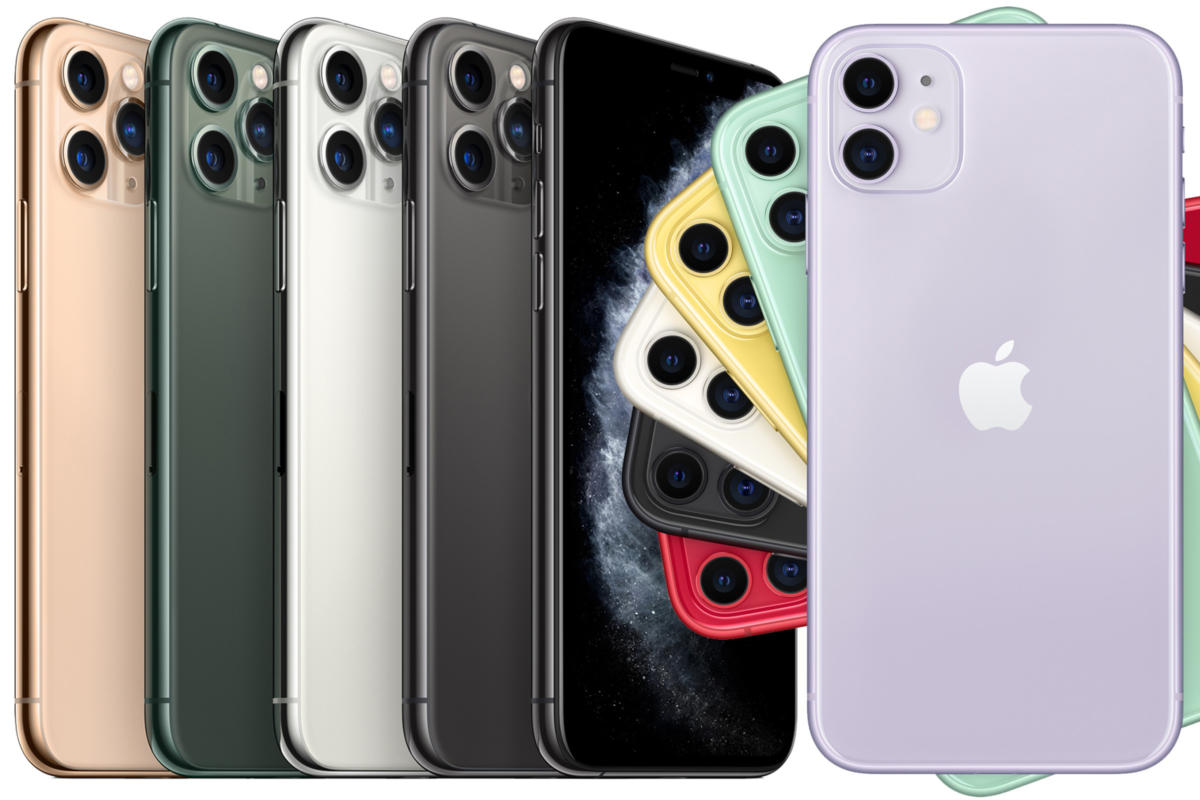iPhone 11 is launched and it is already giving a tough fight to its contemporary Android smartphones. Since we can’t decide which is the best one, we have compared them with each other for you.
Go on, judge yourself!
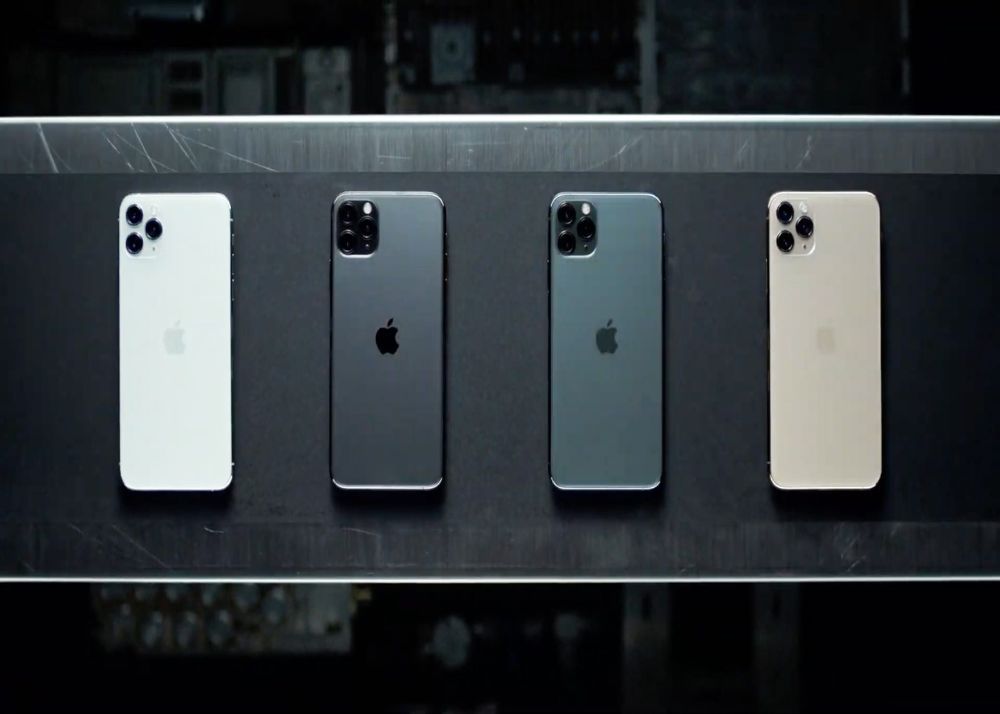
Currently, iPhone 11 is competing with OnePlus 7 Pro, Huawei P30 Pro and the Samsung Galaxy Note 10 Plus, for the title of best smartphone.
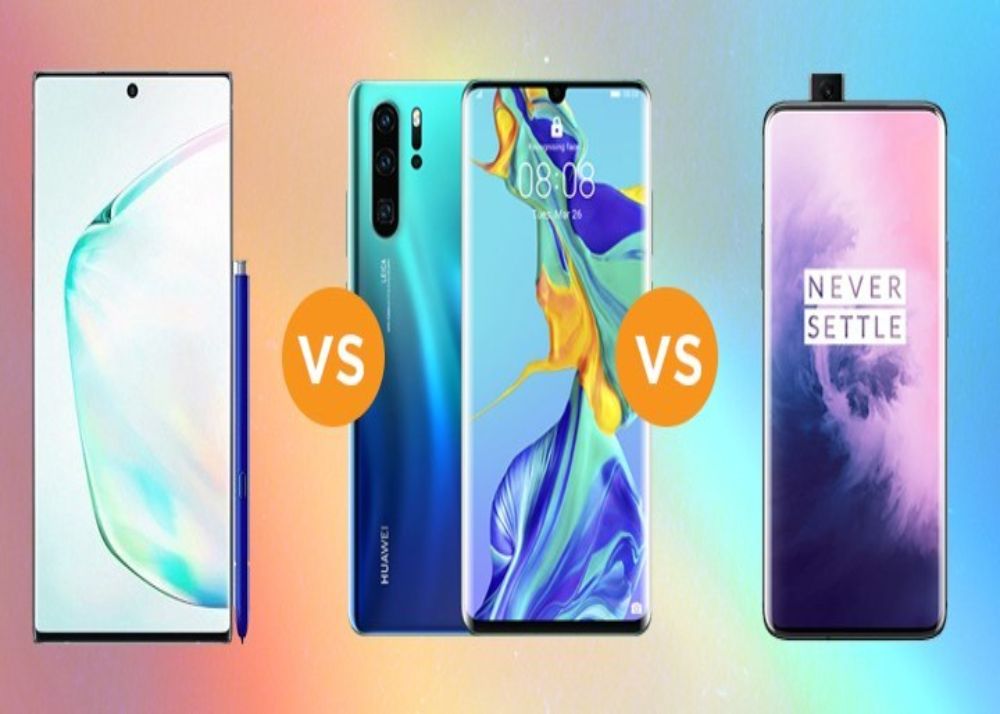
Via: YugaTech
Here we have compared some of their features just to have a clear look as to which one deserves to lighten up your pocket!
Display
Apple iPhone 11: 6.5-inch Super Retina XDR OLED display
OnePlus 7 Pro: 6.67-inch Fluid AMOLED display
Huawei P30 Pro: 6.47-inch OLED display
Samsung Galaxy Note 10 Plus: 6.8-inch Dynamic AMOLED display
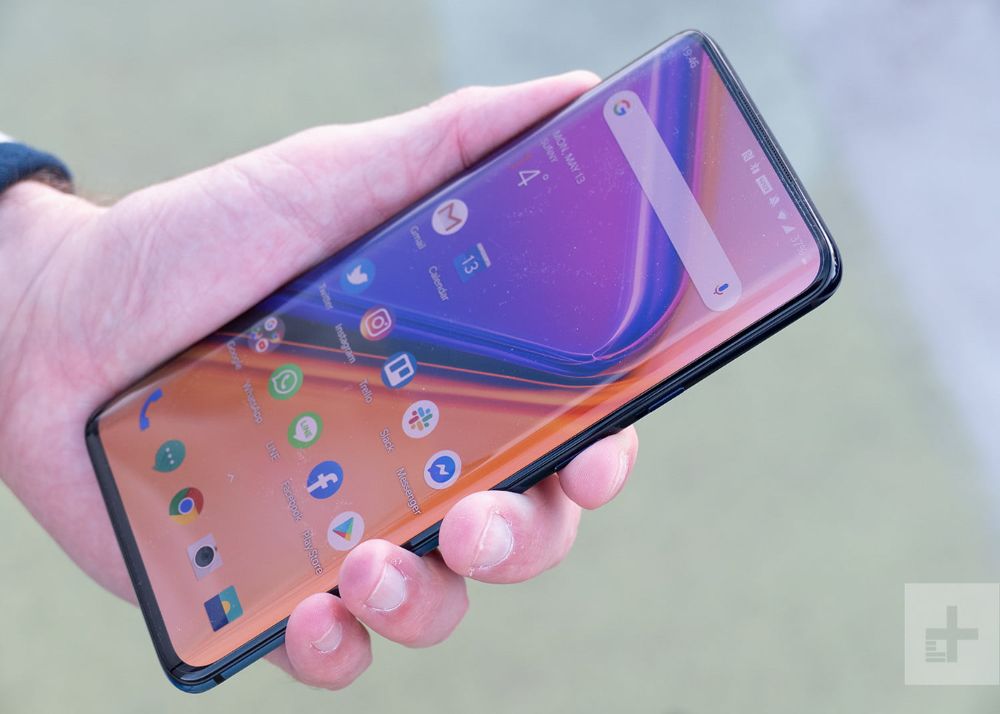
Via: Digital Trends
Without a single shred of doubt, OnePlus 7 Pro is the clear winner in this category for having a 6.67-inch Fluid AMOLED display.
For those who don’t know, Fluid AMOLED display rules hands- down, as it has a 90Hz refresh rate higher than Dynamic AMOLED of 60Hz which makes for smoother animation across the board as it refreshes more quickly than usual.
That doesn’t mean other displays are bad, they are just not as good as the Fluid display.
Processing Power
Apple iPhone 11: Apple A13 Bionic Chipset
OnePlus 7 Pro: Qualcomm Snapdragon 855
Huawei P30 Pro: HiSilicon Kirin 980
Samsung Galaxy Note 10: Exynos 9825 chipset
Via: Giga
Since the iPhone 11 has just arrived, we can’t say much about where it stands, although what we do know is while all the other three processors are Octa-Core, Apple A13 Bionic Chipset is Hexa Core.
Comparing Snapdragon and Exynos, the display is better on the former, while CPU is powerful on Exynos.
Camera
Apple iPhone 11 Pro Max: 12MP f/1.8 primary lens, a 12MP telephoto lens and a 12MP ultrawide lens at the back with a 12MP f/2.2 lens at the front panel
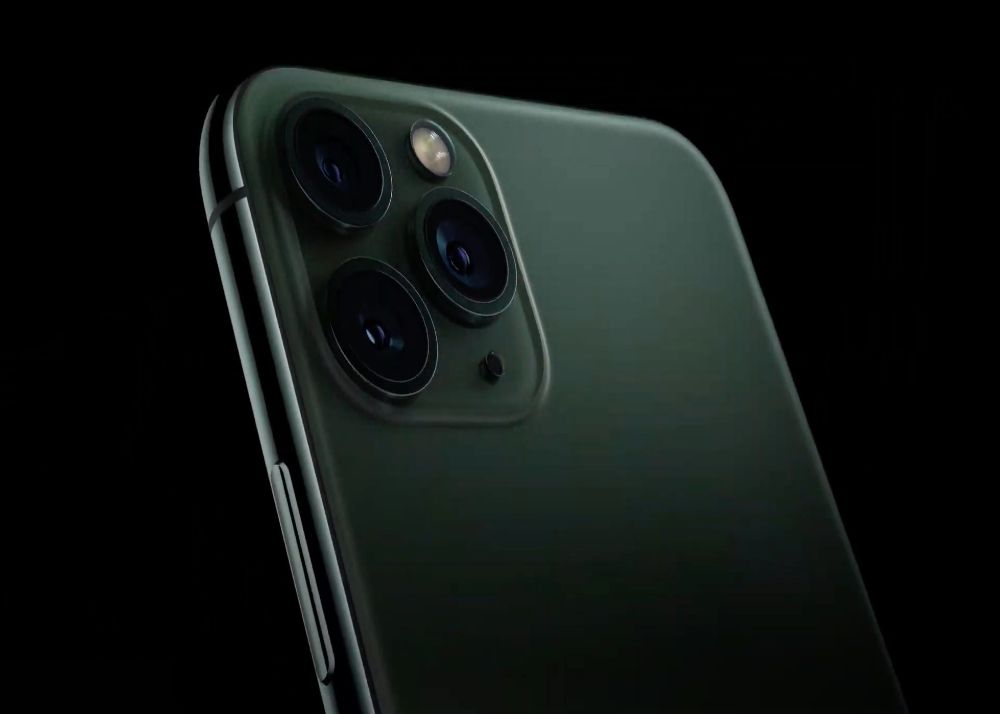
Via: VentureBeat
OnePlus 7 Pro: 48MP f/1.6 wide-angle primary lens, an 8MP f/2.4 telephoto lens and a 16MP ultrawide lens, along with a Motorized pop-up 16 MP f/2.0 lens for selfies.
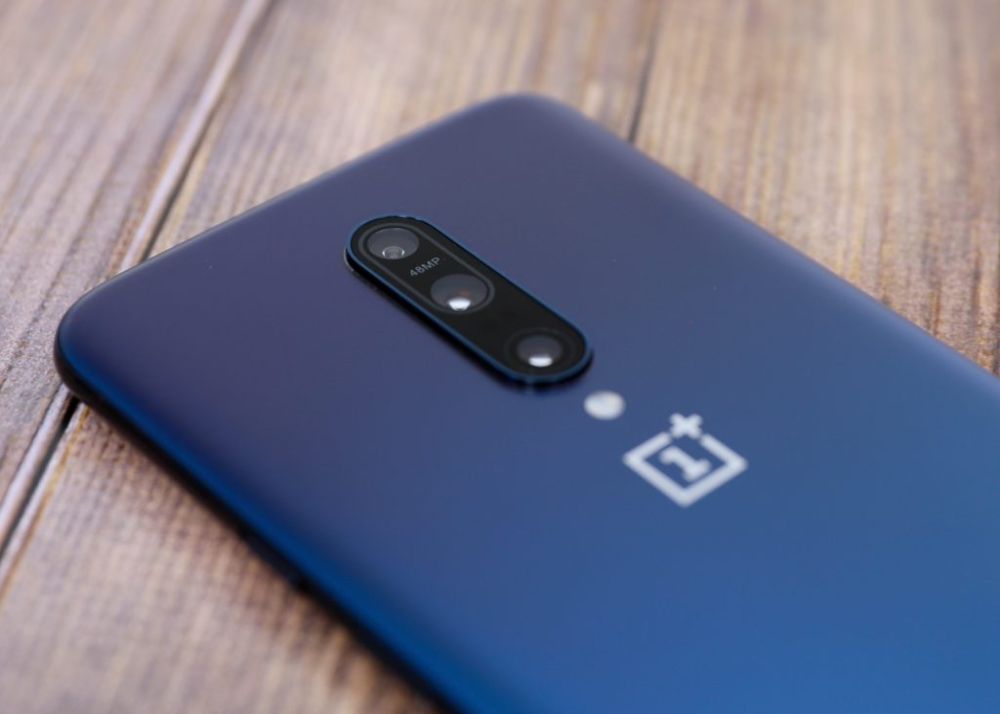
Via: Trusted Reviews
Huawei P30 Pro: 40MP f/1.6 wide-angle primary lens, an 8MP Periscope (telephoto) lens, a 20MP ultra-wide lens and a TOF 3D sensor at the rear panel with a 32MP f/2.0 sensor placed at the front.
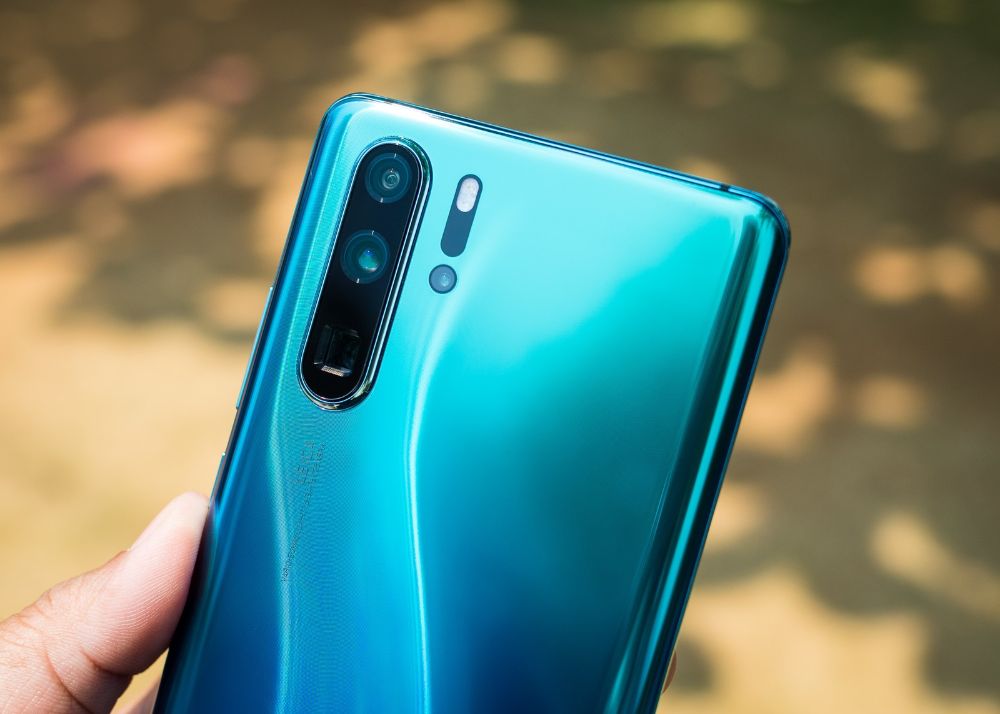
Via: Android Central
Samsung Galaxy Note 10 Plus: 12MP f/1.5-2.4 wide-angle lens, a 12MP telephoto lens, a 16MP ultrawide lens and a TOF 3D VGA sensor at the back with a 10MP wide-angle lens is placed at the front.
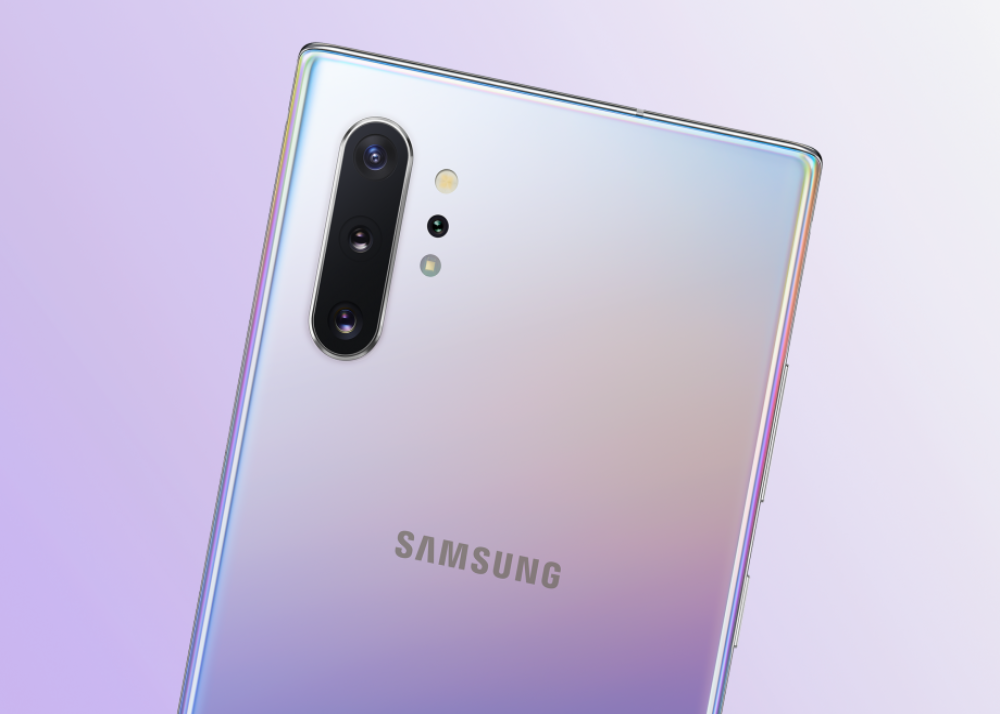
Via: Trusted Reviews
While the Apple iPhones are pro at shooting videos, the Samsung Galaxy Note 10 Plus and the Huawei P30 Pro are better known for stills. Meanwhile, Samsung Galaxy Note 10 Plus has its expertise in shooting super slow-motion videos.
Battery Life
Apple iPhone 11 Pro Max: 3500 mAh battery, supports 18W fast charging
OnePlus 7 Pro: 4000 mAh battery, supports 30W Warp charging
Huawei P30 Pro: 4200 mAh battery, supports 40W fast charging
Samsung Galaxy Note 10 Plus: 4300 mAh battery, supports 45W charging
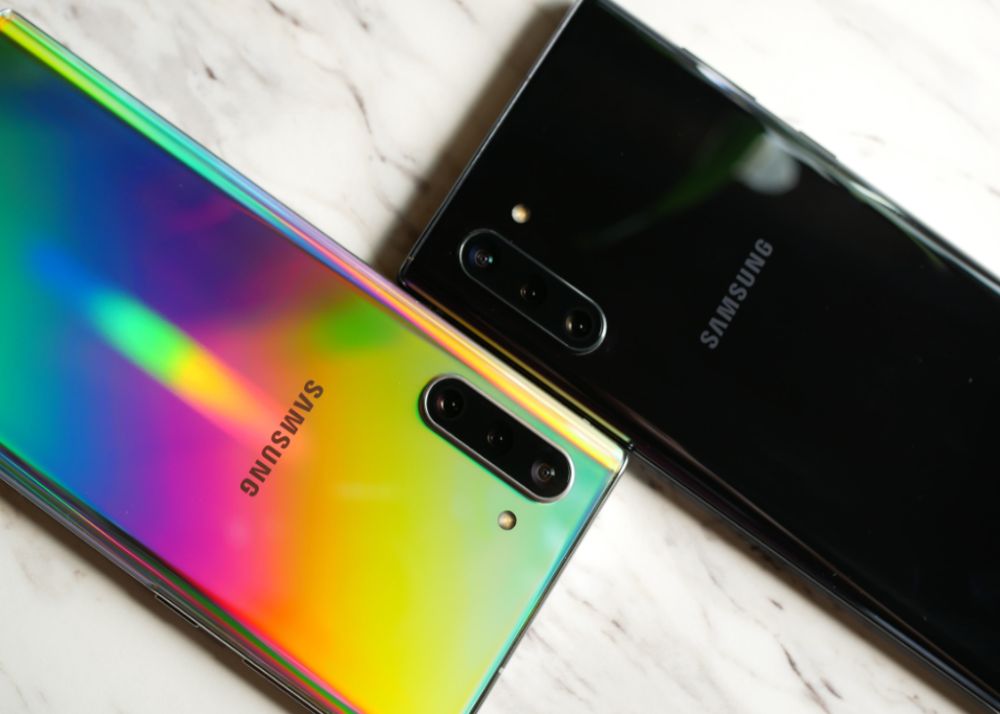
Via: Digital Trends
We have a clear winner over here, Samsung Galaxy Note 10 Plus has the largest capacity among all.
Although worthy to note, a bigger battery doesn’t necessarily mean better battery backup.
So these were some of the arenas we used to compare the newly launched iPhone 11 with its contenders. Hope you got some perspective now!




